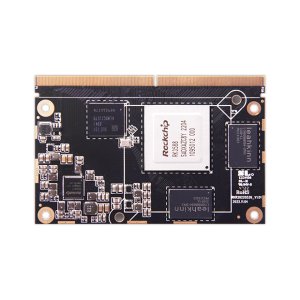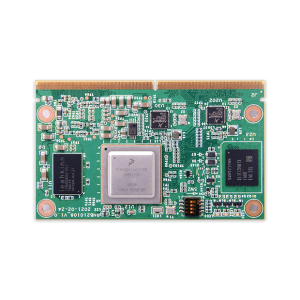Understanding System on Module (SoM) and Its Applications in Embedded Systems
Understanding System on Module (SoM) and Its Applications in Embedded Systems
Blog Article
Side processing has emerged as a innovative development in the tech business, allowing faster information running and decreased latency by getting computational energy nearer to wherever data is created. A vital innovation encouraging this change may be the rise of computer on module market which are small, efficient, and flexible processing units made to integrate seamlessly in to personalized equipment systems.

The Position of Computer on Adventures in Edge Computing
Computer on Modules have grown to be fundamental in edge processing because of their power to streamline electronics style while sustaining strong control capabilities. In accordance with a recently available report by MarketsandMarkets, the worldwide edge processing industry is expected to develop from $40.84 billion in 2021 to $132.11 thousand by 2026, with COMs enjoying an important position in that expansion.
These adventures are especially impactful in industries requesting real-time information examination at the edge. As an example, the transport business utilizes COMs in autonomous cars for real-time decision-making, while smart towns release them to control techniques like traffic flow and power distribution.
Compact and Versatile Style
One of many standout faculties of Pc on Adventures is their small and modular design. This allows designers to incorporate high-performance processing energy in to edge units without the need for considerable hardware redesign. A survey by IoT Analytics unearthed that 68% of businesses employing IoT solutions consider modular equipment like COMs vital for quick implementation and scalability.
COMs also support tailor-made options, making them ideal for a wide variety of purposes, from industrial automation to healthcare. Their capability to adjust to particular requirements is just a operating force behind their adoption in edge computing systems.
Power Efficiency and Efficiency
Side research devices usually perform in conditions with limited energy resources. COMs handle this challenge by providing optimized power efficiency without reducing on computational strength. A study by Allied Industry Research outlined that energy-efficient side processing solutions are expected to take control the sector through 2030, positioning COMs as a vital element for achieving that goal.
Also, with improvements in processors and incorporated artwork, COMs today provide the performance needed for AI-driven programs at the edge. That not merely increases real-time functions but in addition reduces dependence on centralized cloud systems.
Why the Potential Belongs to COMs
With world wide information era projected to achieve 175 zettabytes by 2025, side processing is defined to be more integral than ever. Pc on Modules provide an convenient, energy-efficient, and scalable alternative for handling that influx of data. Their relevance across varied sectors like healthcare, production, and telecommunications just underscores their vital role in shaping the ongoing future of edge computing.
COMs are no further only a technical trend; they're the backbone of next-generation side techniques driving innovation and efficiency throughout the globe. Because the need for side research keeps growing, therefore may the value and impact of COMs in that fast developing landscape. Therefore, it's secure to say that Computer on Modules are here to remain and will keep on surrounding the future of edge computing.

Conclusion
Edge computing is transforming the way in which we process and use knowledge, with Computer on Modules at the forefront with this revolution. Their small design, versatility, power effectiveness, and performance cause them to become a perfect answer for running real-time information at the edge. As industries significantly count on side research because of their operations, COMs can play a crucial position in driving development and performance in these systems. Report this page